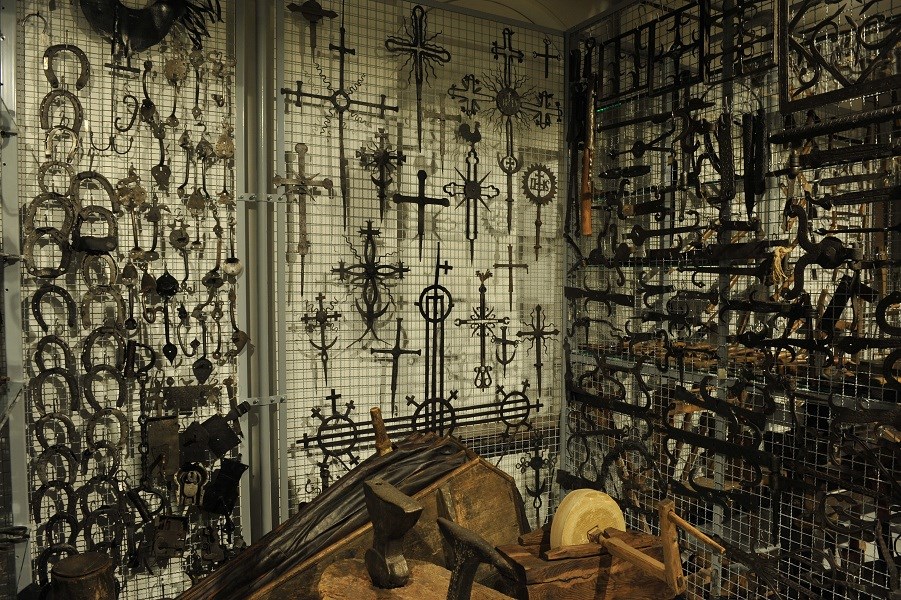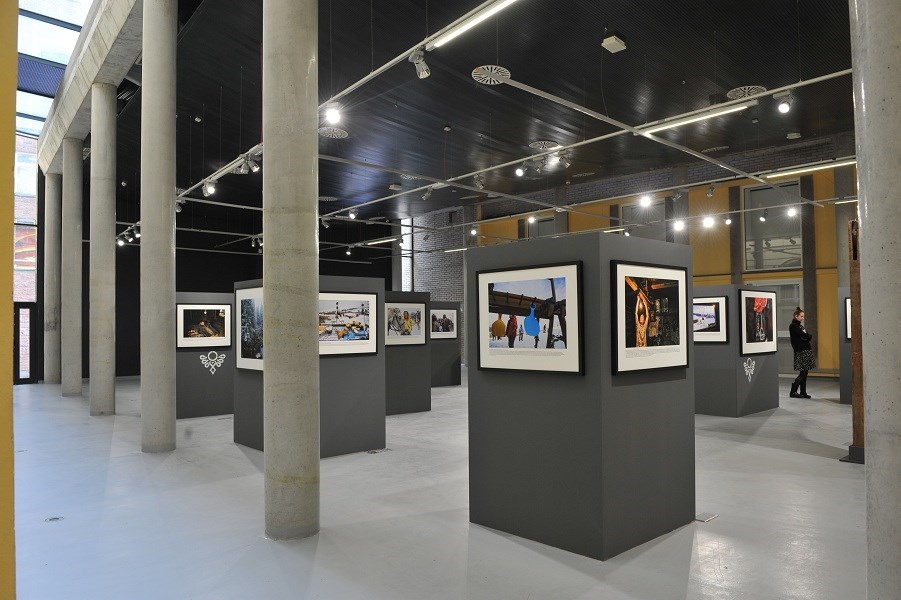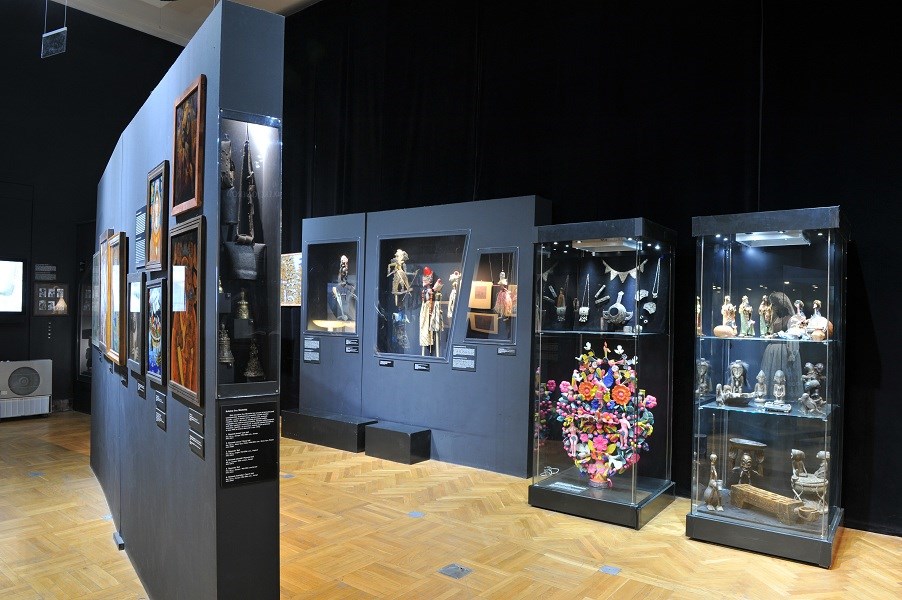The State Ethnographical Museum in Warsaw is the largest and oldest museum of its kind in Poland. It contains nearly 80 thousand exhibits – including 56 thousand related to Polish and European ethnography, and 24 thousand related to non-European cultures. It also includes approx. 200 thousand archival records. The museum was designed to be a friendly place for everyone, where knowledge can be acquired at exhibits and lectures, skills can be mastered at workshops, and entertainment can be had at the museum cinema or the concerts held there. Visitors can also relax here, spend time at the café-club Bílý Koníček (Czech for “white pony”). What the Museum offers today will not be tomorrow’s offer, because it is constantly changing.
The Museum began its operations in 1888 at the Warsaw Zoo, and until World War II did not constitute an independent institution. After the war, like all of Warsaw, the museum had to be rebuilt and reconstructed anew. Starting in 1946, it was an independent institution – the Museum of Folk Cultures – and was located at the Brühl Palace in Młociny. The extraordinary involvement of many people – museum employees, collaborators from outside of the museum, as well as private persons – contributed to the rebuilding of the collection, according to a collectors’ programme of gathering canonical artefacts of peasant culture and its relics, as well as contemporary products of the culture. The collection was also enriched with objects from European and non-European cultures. Since 1971, the museum (named the State Ethnographical Museum in Warsaw in 1964), has been located in the centre of Warsaw in the building of the old Landowners Credit Society.
The work of the museum employees is directed – besides the basic “classic” function of expanding and protecting the collection – towards the carrying out of numerous projects, both those that document the manifestations of contemporary culture (academic projects also including filmed materials), as well as social projects. The museum also takes part in international operations (e.g. Carnival King of Europe), changes the face of the new exhibitions (e.g. the permanent exhibition “Time of celebration in Polish culture and European Cultures”, the first Polish exhibition-magazine The Order of Things. The Magazine of Piotr B. Szacki [Porządek rzeczy. Magazyn Piotra B. Szackiego]). For years, it has gathered Varsovians at holiday fairs, which take place two weeks before Christmas and Easter.
For many years, the museum has developed its educational operations, reaching a growing number of preschools, schools and adults. Museum lessons and workshops are organised at a high methodical and substantive level, conducted by museum employees and collaborators. Since 2013, a special space for the youngest visitors has operated at the Museum – the Janusz Korczak Children’s Museum, thanks to which the number of lessons was doubled. In 2014, the Museum was visited by over 100 thousand people, including 17 thousand participants in various educational activities.
Having shown itself to be a thriving museum institution, which conducted collecting, scientific, conservation, popularisation, publishing and – which does not happen often in museums) – film operations, the Museum is able to address the needs of contemporary museology, undergoing exterior and visual transformations, as well as the technical “facelift” essential for better functioning in the 21st century.











